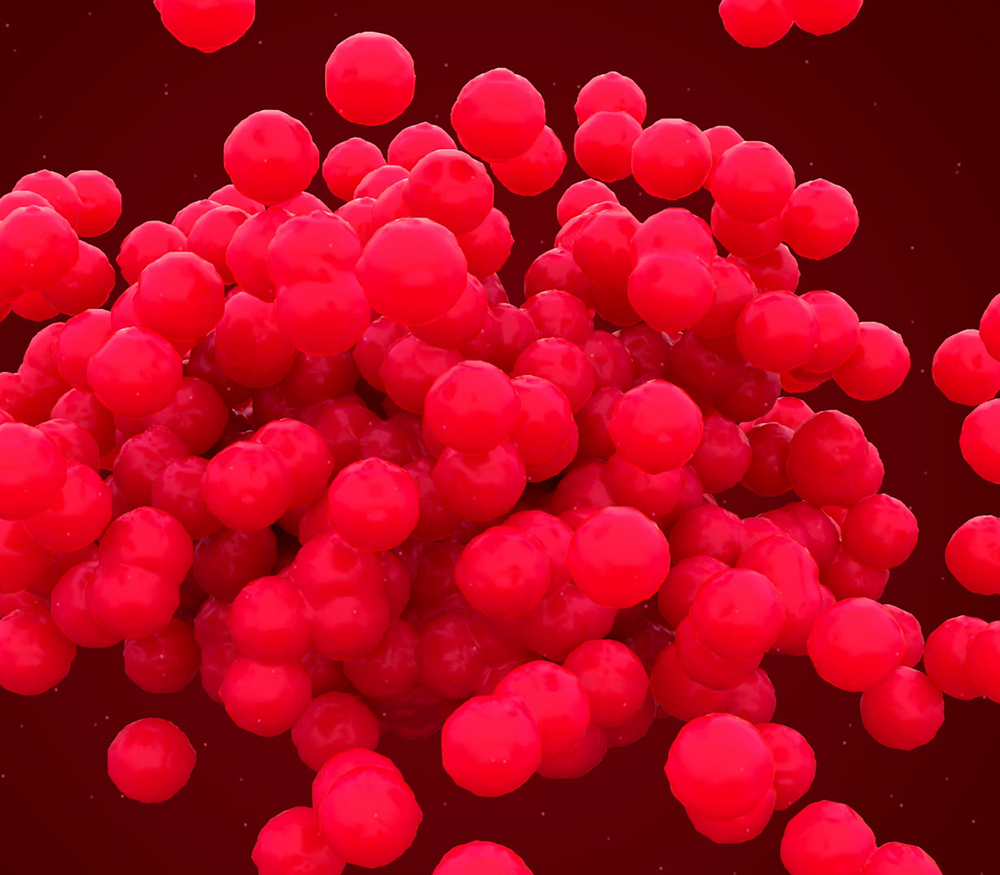
Every drug discovery project starts with a hypothesis: that changing the activity or level of a certain protein will help to alleviate the symptoms or the underlying cause of disease.
Typically, extensive experimental work is then undertaken, to identify a suitable drug molecule and to build confidence in the target-to-disease hypothesis. However, ultimately a project hypothesis can only be tested fully in a clinical trial, and today the greatest cause of failure in the clinic is lack of efficacy.
While this result is typically ascribed to the original concept underlying the project being invalid, there is an alternative explanation – that the drug molecule didn’t reach and modulate its protein target in the desired manner – and therefore that the project hypothesis was not fully tested. Projects with clear evidence of target engagement – that is, the interaction between a lead molecule and its protein target – have a higher probability of success in clinical drug discovery.
Working with purified target protein, application of biochemical assays in concert with structural & biophysical approaches provides critical insights around binding modes and avenues to rapidly identify hit series.
However, in cells and tissues the target protein resides in a very different environment, necessitating a different experimental approach. For example, the target may exist in a different protein form to that measured in a biochemical assay, it may form part of a multi-protein complex, or it may reside in a hard-to-reach sub-cellular location.
These differences provide a strong rationale for developing and applying novel assay formats, that enable researchers to measure drug-target engagement in cells and tissues and build a link to downstream functional effects.
Inspired by this challenge, my colleague Andrew Zhang (AstraZeneca) and I have recently edited a special issue of SLAS Discovery titled Advances in Cellular Target Engagement and Target Deconvolution.
In this issue, we explore multiple aspects of cellular target engagement, from direct measurement of compound–target interaction using BRET technologies, through measurement of compound-induced changes in protein stability and localisation, to in vivo drug distribution and target engagement studies. We also highlight exciting technologies that enable a more integrated view of target engagement by mapping multiple compound–protein interactions in a single study.
When applied in combination, these methods can build a strong platform of evidence linking compound to target to biological response, thereby impacting project attrition and medicine discovery success. I encourage you to read the issue and see what you think of these exciting new approaches to drug discovery.

Dr Martin Main has worked in the pharmaceutical industry for 25 years, at Merck, GlaxoSmithKline and AstraZeneca. Martin has extensive expertise in early-stage drug discovery, most recently leading the Discovery Biology UK department at AstraZeneca which had the remit of bioreagent generation and assay development for Oncology and Neuroscience projects.
In his current role at MDC, Martin’s group is advancing a range of drug discovery technology platforms to support collaborative projects in the areas of cellular target engagement, biomarkers, cell model analysis and drug distribution. An ion channel electrophysiologist by training, Martin holds a PhD in Cardiac Physiology from St George’s Hospital, University of London.

Preclinical to clinical, building a translational link between in vitro and in vivo models of neuroinflammation for drug discovery.